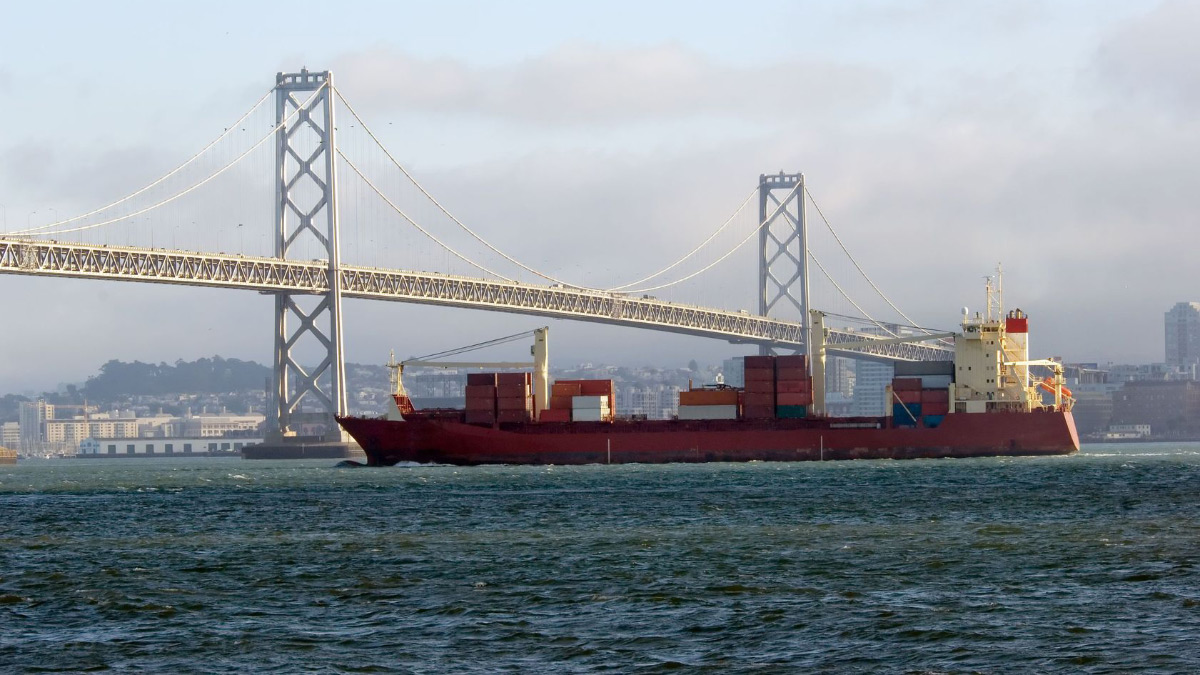Sea level has risen about 400 feet since the last glacial maximum of ~18,000 years ago (see fig. below).
Currently, sea level is rising at the rate of 1-2mm per year—and has been rising at that rate for the past several centuries.

At that rate, sea level will be about six inches higher by 2100—a long way from Al Gore’s 2006 estimate of a 20-foot rise.
By choosing a short interval, 1910–1942, of certified warming, I can show the lack of any acceleration (see below). SLR does not depend on ocean temperature—or CO2.

Every one of the individual records of SLR shows this constancy of SLR.
But water expands when heated, so why doesn’t SLR accelerate as temperature rises? I assume that evaporation of sea water offsets the expansion, with increased humidity and precipitation. I fully expect to see more ice deposited on the Antarctic continent—probably too hard to measure accurately.
But the long-term rise in global S.L. is caused by the average, slow melting of glaciers and ice sheets around the world, which adds water to the ocean. (See fig. of Sea Level versus Time. Note also that the melting of floating [polar] ice doesn’t add water to the ocean and therefore does not affect sea level.)
I published this research in the Wall Street Journal on May 15, 2018. I fully expect that the IPCC will reflect my thinking after an appropriate delay. IPCC estimates are decreasing in successive reports. So the IPCC seems to be moving in that direction, as explained, in Nature Rules the Climate, comparing successive Assessment Reports.










